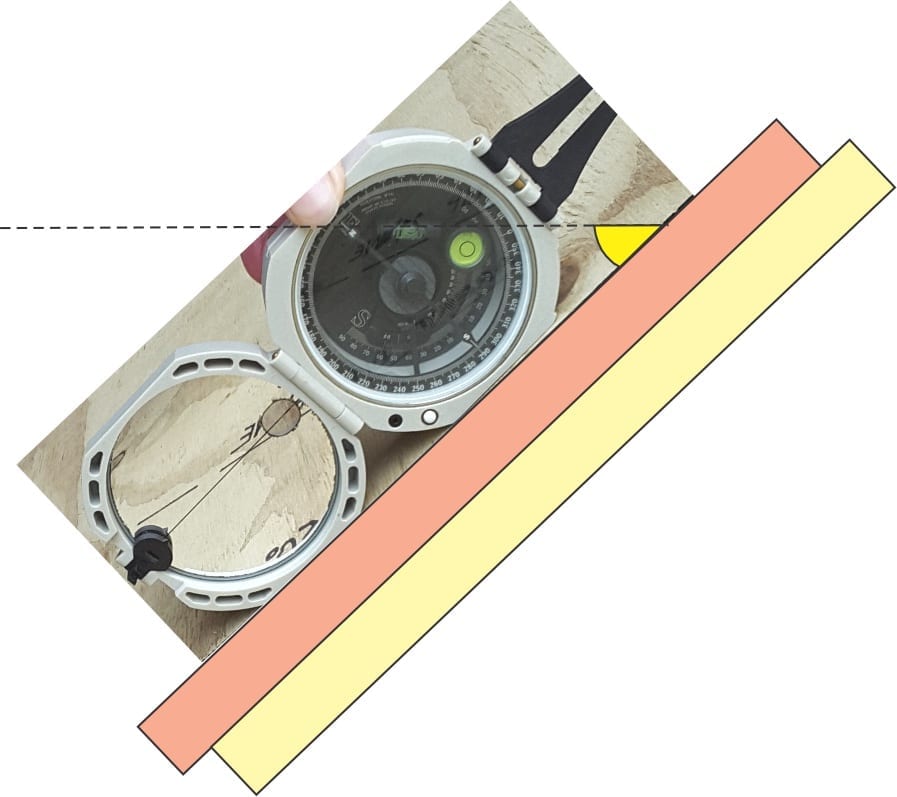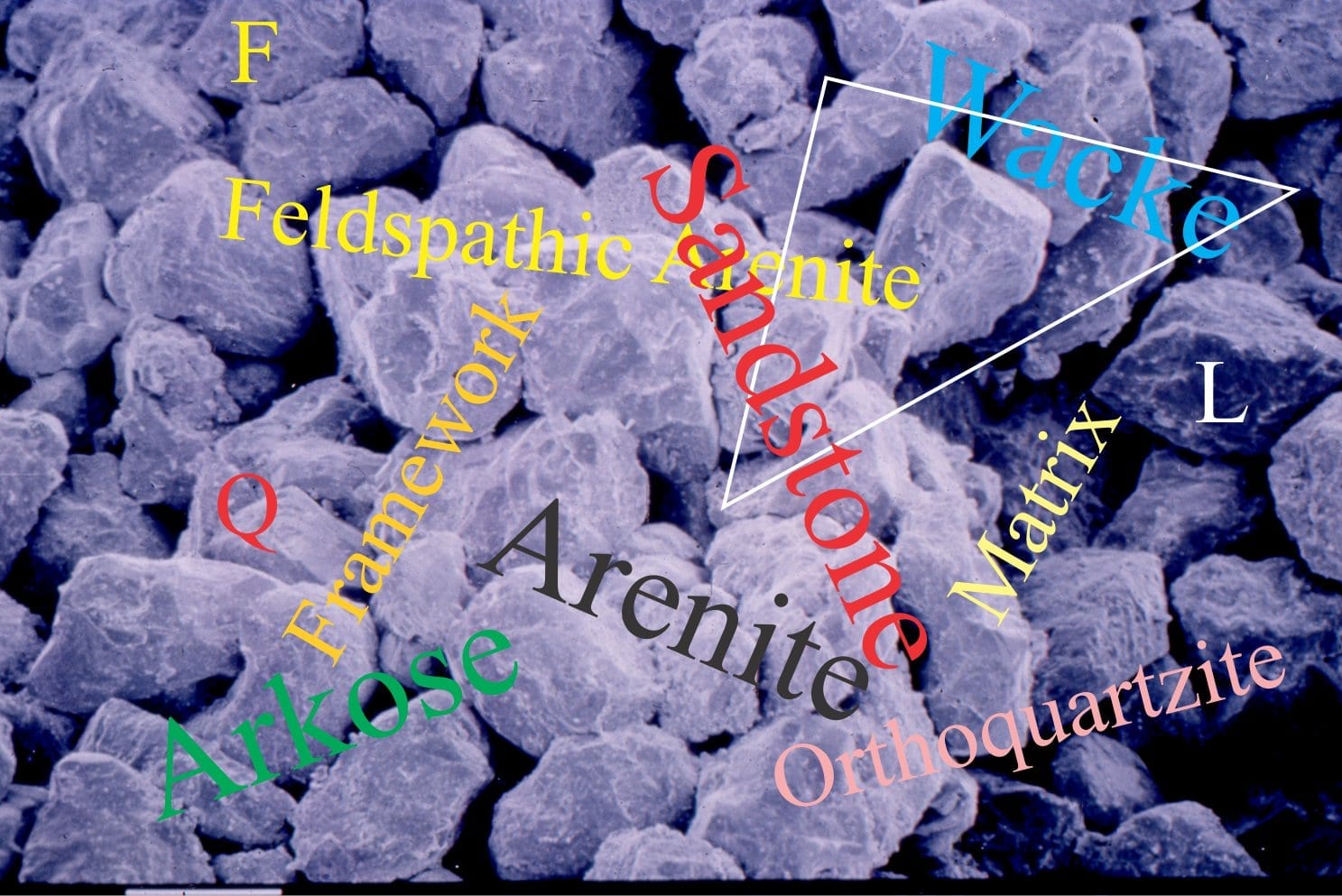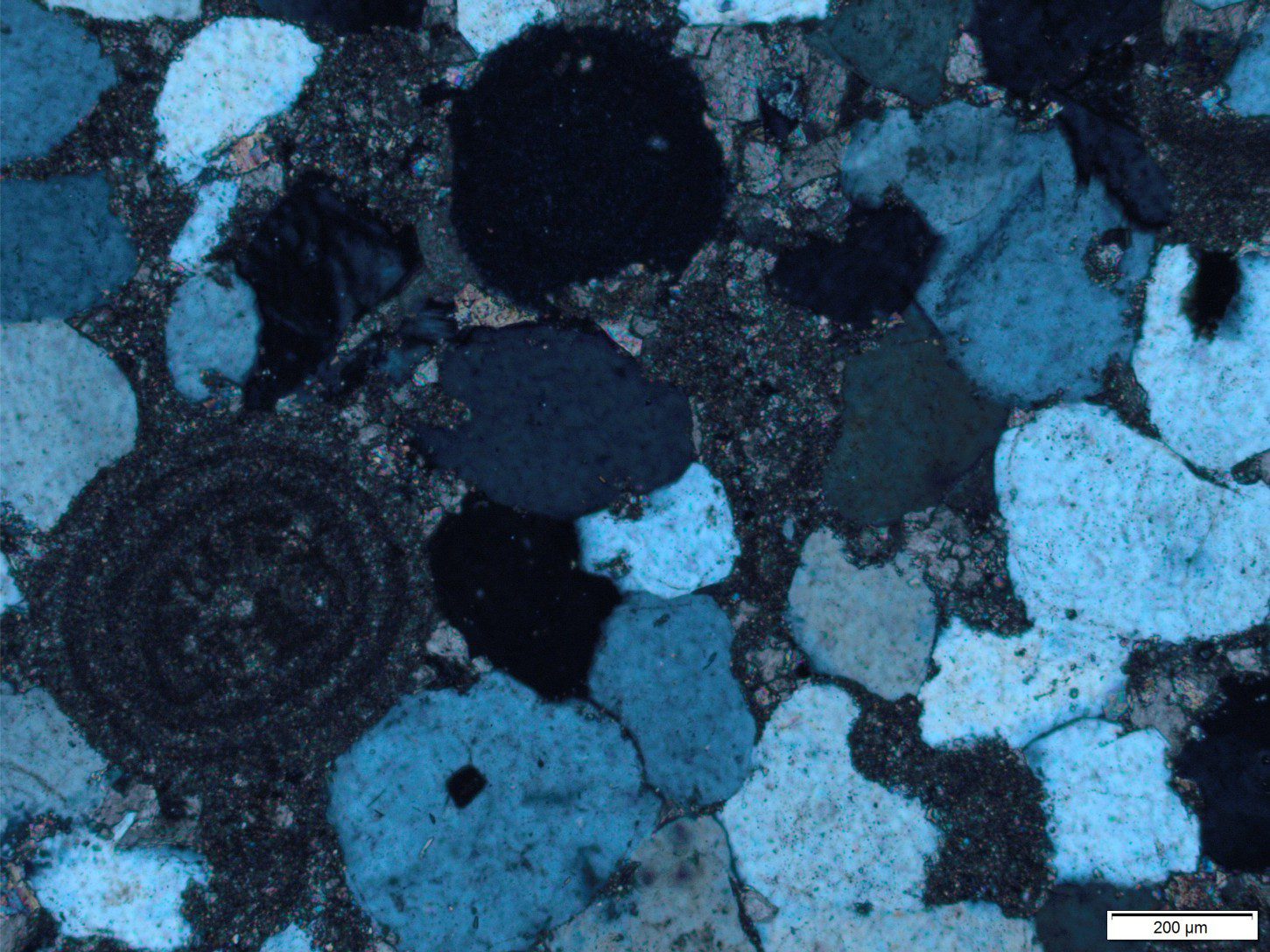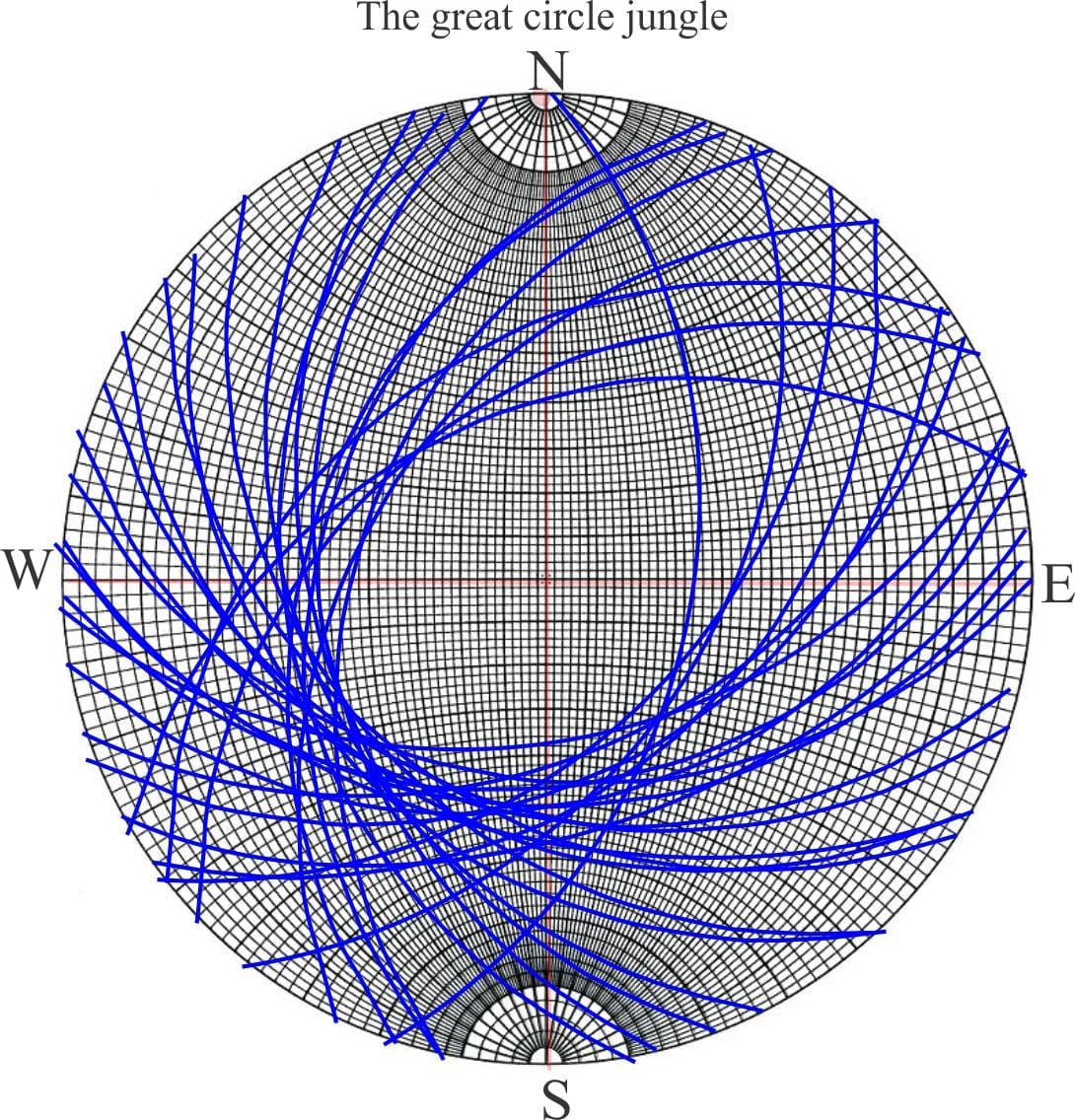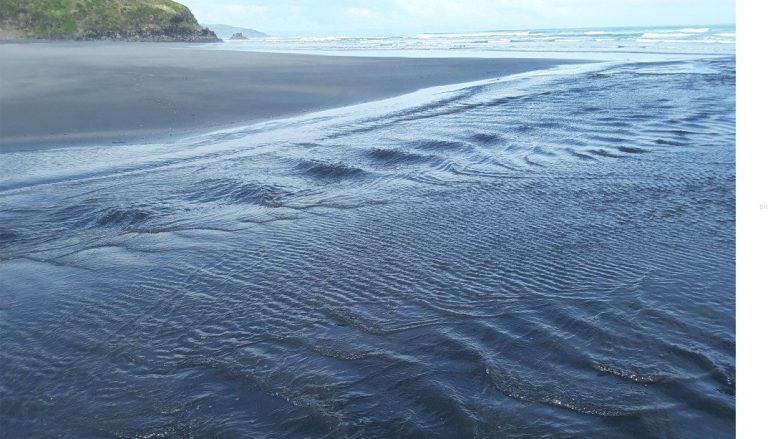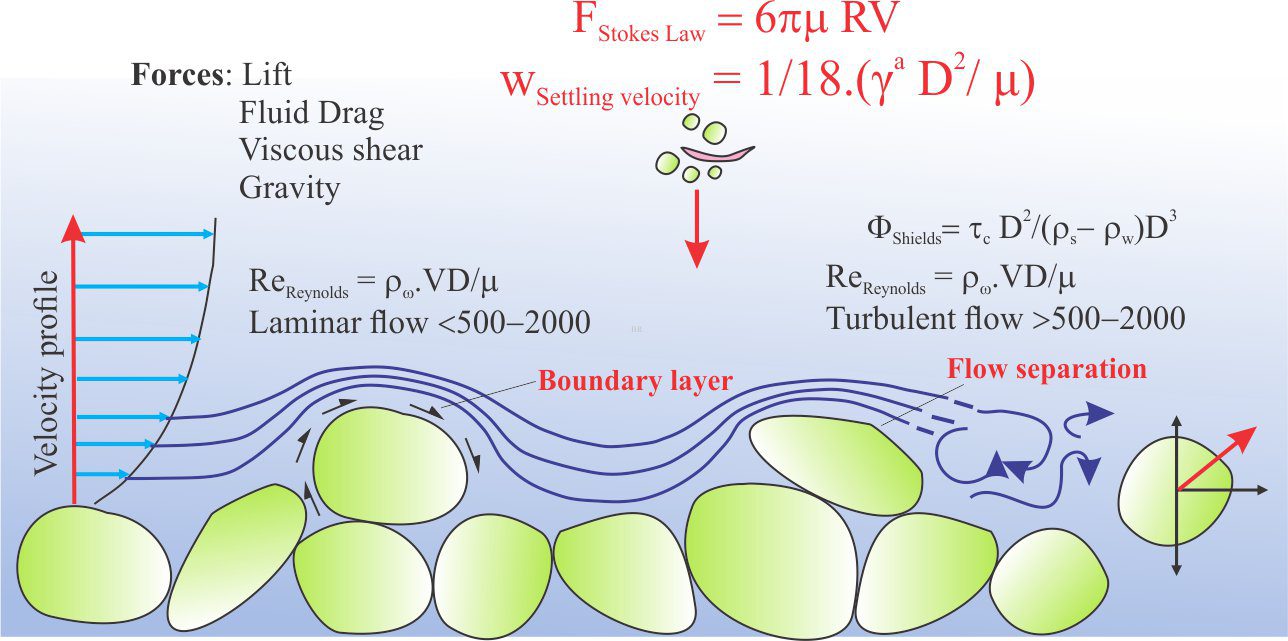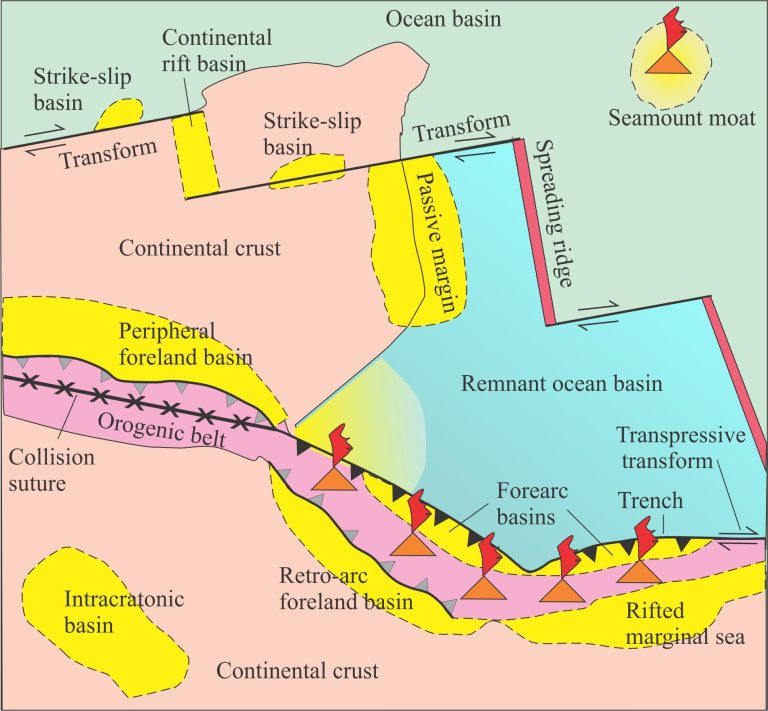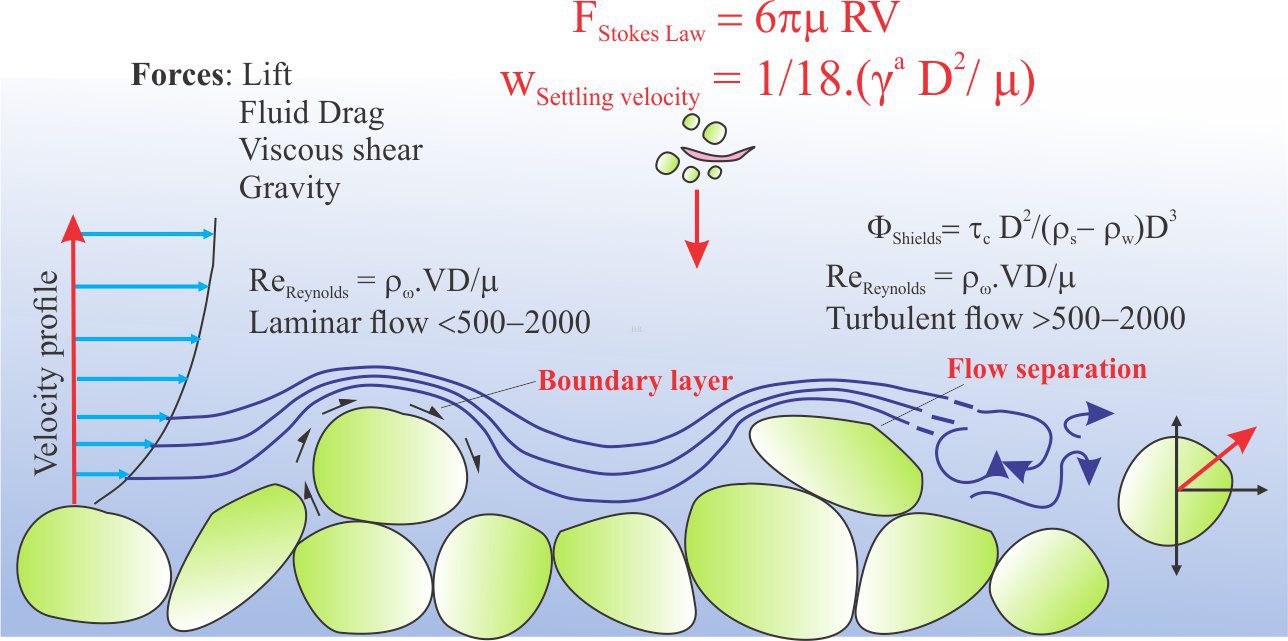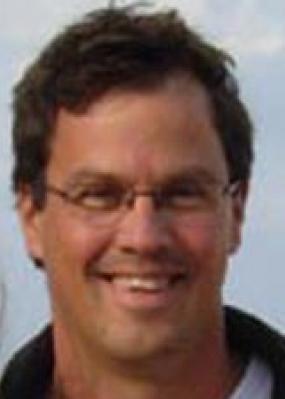
Gene is the former Hall Professor, and currently full Professor of geology at the University of Kansas
email: grankey@ku.edu
Teaching subjects include: Carbonate Depositional Systems, Oceanography, Seismic Interpretation, Field Geology, Borehole Geology
Gene Rankey’s research group focuses on unraveling and quantifying the nature and controls on variability in surface processes and geomorphic forms in modern tropical marine and nearshore sedimentary systems, and ancient analogs. Recent studies have documented global patterns in distribution and character of reef and reef sand aprons, the role of physical and chemical oceanography on carbonate ramp systems, and the influences of sediment transport pathways that shape island dynamics. The focus has evolved naturally to evaluating the impact of global change on Earth-surface processes, examining study areas ranging from the Pacific (Kiribati, Tokelau, French Polynesia, Cook Islands), to Southeast Asia (Malaysia, Indonesia), to the Caribbean (Bahamas, Yucatan, Mexico, Turks and Caicos).
He has authored and coauthored many papers, and contributed to several special volumes, conferences, and research seminars
